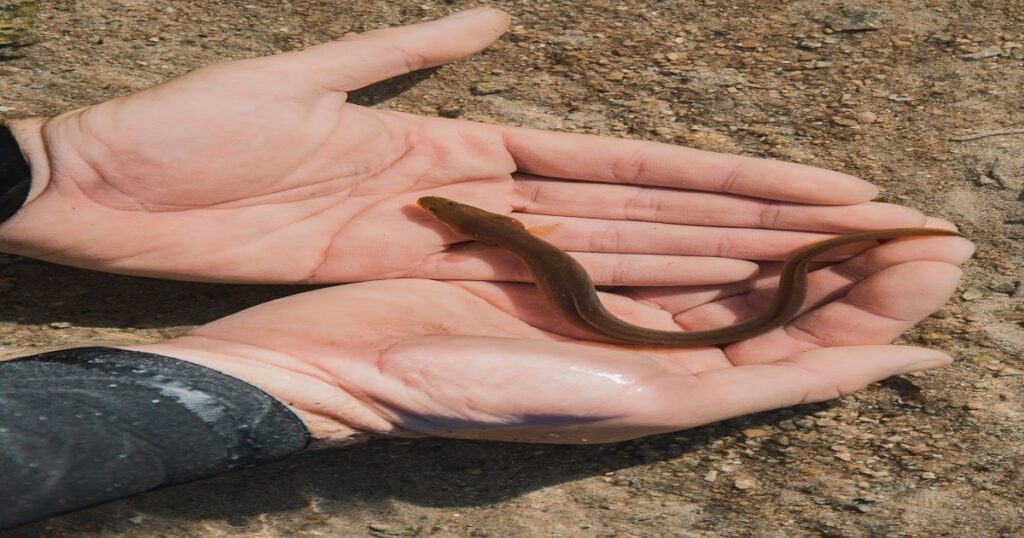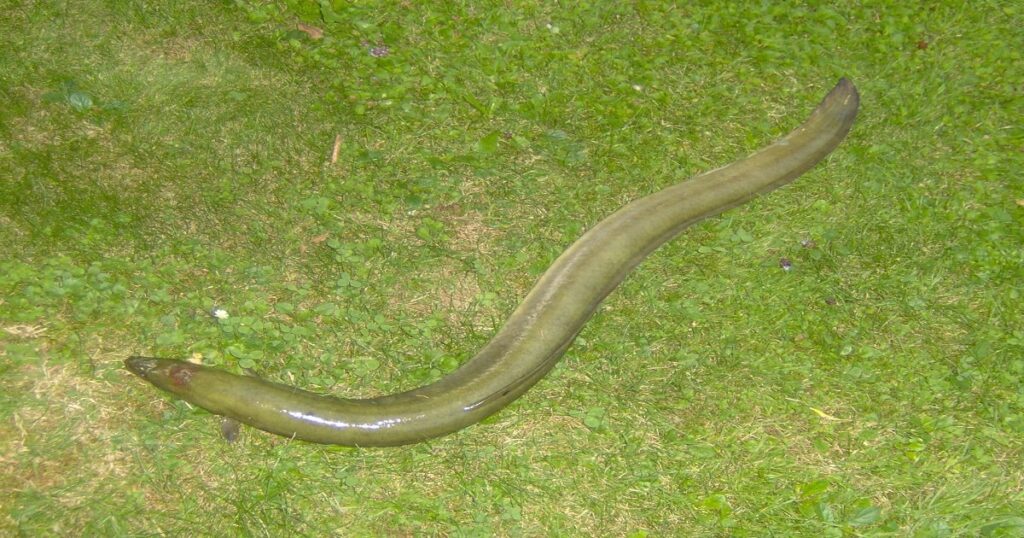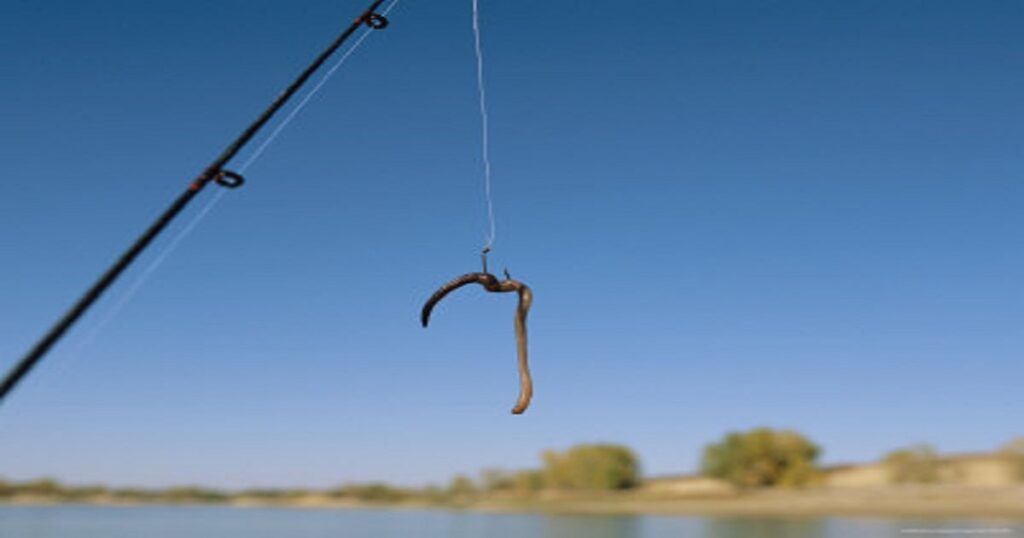Eels are a unique and captivating group of fish, offering a thrilling challenge for anglers worldwide. In this article, we will explore their habitat, feeding habits, size, and lifespan, along with their intriguing migration habits. Learn how to identify eels and catch them using the right fishing tackle and bait. Eel fishing presents a thrilling and rewarding experience for anglers of all skill levels.
Habitat of Eels
Eels inhabit a wide range of environments, including freshwater rivers, lakes, and estuaries, as well as marine environments such as coastal waters and the open ocean. Some eel species, like the European eel (Anguilla anguilla) and the American eel (Anguilla rostrata), are catadromous, meaning they live in freshwater but migrate to the sea to spawn.
Eel Feeding Habits
Eels are primarily carnivorous, preying on a variety of aquatic animals such as fish, crustaceans, and molluscs. Some species are also known to scavenge for dead animals. Eels use their elongated bodies and excellent camouflage to ambush and capture their prey.
Size and Lifespan
The size of eels can vary greatly depending on the species. The European and American eel, for example, can grow up to 1.5 meters (4.9 feet) and weigh as much as 7.5 kg (16.5 lbs). The lifespan of eels varies between species but can range from 10 to 30 years, depending on their environment and living conditions.

Unique Migration Habits of Eels
The migration habits of eels are truly fascinating. European and American eels are born in the Sargasso Sea, a region in the Atlantic Ocean. After hatching, they begin their journey to their respective continents as tiny, transparent larvae called leptocephali. They drift with the ocean currents for months or even years before reaching the continental shelf. There, they transform into glass eels and begin to migrate into freshwater environments or estuaries.
As they mature, they become yellow eels, developing a more pigmented and camouflaged appearance. After several years, they transform into silver eels and undertake the long migration back to the Sargasso Sea to spawn and complete their life cycle. This epic journey is one of the most remarkable migrations in the animal kingdom.
How to Identify an Eel
Eels have elongated, snake-like bodies and lack pelvic fins. They have small pectoral fins, and their dorsal, caudal, and anal fins are usually fused together to form a continuous fin along their body. Eels typically have a mucus-covered skin, which makes them slippery to the touch.

How to Catch Eels with Fishing Tackle and Bait
Catching eels can be an exciting challenge for anglers. Use a medium to heavy action rod and reel, 10-20 lb test line, and a circle or J-shaped hook (sizes 1/0 to 4/0) to prevent gut hooking the eel.
Eels are attracted to a variety of baits, including live or dead fish (such as mackerel, herring, or smelt), as well as worms, squid, or shrimps. Use a sliding sinker rig or a bottom-fishing setup to keep the bait close to the eel’s hiding spots.
When fishing for eels, cast your line near underwater structures, rocky bottoms, or areas with dense vegetation where they are likely to be hiding. Be patient, as eels are known for their cautious feeding behaviour. Once you feel a bite, allow the eel to take the bait for a few seconds before gently lifting the rod to set the hook. Eels are strong and can put up a spirited fight, so be prepared for an exhilarating battle.

Conclusion
Eel fishing offers a unique and rewarding experience for anglers looking to tackle something different. With their remarkable biology, diverse diet, and extraordinary migration habits, these elusive fish provide a thrilling challenge for those eager to expand their angling repertoire. Grab your tackle, select the perfect bait, and head out to your local waterways for an unforgettable eel fishing adventure!